Tag: thrombosis

Multi-Modal Characterization of the Coagulopathy Associated With ECMO
The extracorporeal membrane oxygenation(ECMO)-associated coagulopathy is a multifactorial and quickly developing syndrome. It is characterized by individual changes of coagulation parameters and platelets and is aggravated... read more
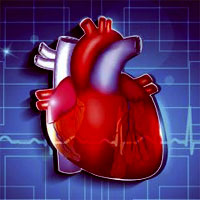
1-Year Outcomes in Patients with Infection-related Atrial Fibrillation
During the first year after discharge, 36% of patients with infection-related atrial fibrillation (AF) had a new hospital contact with AF. Infection-related AF was associated with increased risk of thromboembolic events... read more
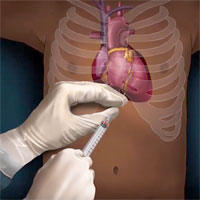
Pericardiocentesis During Cardiopulmonary Resuscitation
In this video, Dr. Traci Wolbrink reviews the procedural steps to performing Pericardiocentesis as well as reviewing indications, contraindications and risk factors for patients experiencing pericardial effusion. ... read more
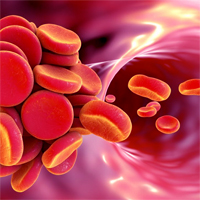
Thrombosis and Bleeding in the ICU
ICU patients are high risk of developing thrombotic complications such as deep venous thrombosis (DVT) and pulmonary embolism (PE). Indeed, due to the hypercoagulative state typical for many forms of critical illness associated... read more

EHR-guided Strategy Reduces Postop VTE Events
By incorporating algorithms into the electronic health record (EHR), UPMC was able to realize a "dramatic" 72% reduction in missed doses, from 4,331 missed doses in 2014 to 1,193 in 2015, Dr. Neal told attendees in a session... read more
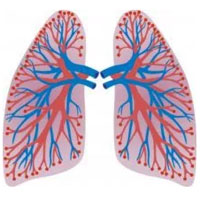
Subsegmental Pulmonary Embolism: Anticoagulation or Observation?
As the use of chest CT-angiograms in emergency departments and medical wards has risen by more than tenfold, so has the discovery of small pulmonary emboli of unclear clinical significance. These PEs are often isolated to... read more
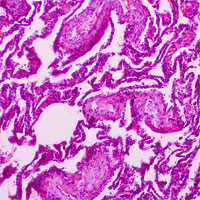
Johns Hopkins Investigators Unravel Biological Roots of Pulmonary Hypertension
Working with cells that line the innermost layer of the blood vessels, Johns Hopkins investigators say they have made a leap forward in understanding the underlying biology behind pulmonary hypertension, a dangerous type... read more

Effect of the Pulmonary Embolism Rule-Out Criteria on Subsequent Thromboembolic Events Among Low-Risk Emergency Department Patients
Does use of the pulmonary embolism rule-out criteria (PERC) in emergency department patients with low clinical probability of pulmonary embolism (PE) safely exclude the diagnosis of PE? Among very low-risk patients with suspected... read more

FDA Approves Angiotensin-II for Septic Shock
The FDA approved angiotensin-II (Giapreza) as a new intravenous vasopressor for septic shock and other forms of distributive shock. The first new FDA-approved vasopressor in decades, angiotensin-II could significantly change... read more

Guiding Vascular Access Selection for Intensive Care
Determining appropriateness for vascular access devices limits the risk of complications in critically ill patients. Michigan Appropriateness Guide to Intravenous Catheters (MAGIC) establishes evidence-based indications as... read more
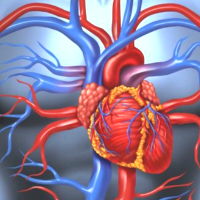
Cardiohepatic Interactions in Heart Failure
Liver involvement in chronic heart failure has long been recognized and reflects the systemic hemodynamic changes that occur during the evolution of heart failure syndrome. Apart from venous congestion and backward failure,... read more
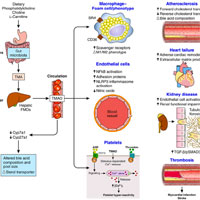
The Gut Microbiome and Its Role in Cardiovascular Diseases
The trimethylamine/TMAO pathway likely represents only one of many microbe-dependent pathways that will ultimately be linked to cardiovascular disease pathogenesis, and proven to be an important diagnostic and therapeutic... read more
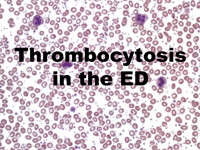
Thrombocytosis in the ED
Both reactive thrombocytosis and clonal thrombocytosis may be associated with vasomotor symptoms. The key difference is that thrombotic and bleeding events are much more common in myeloproliferative thrombocytosis, whereas... read more









